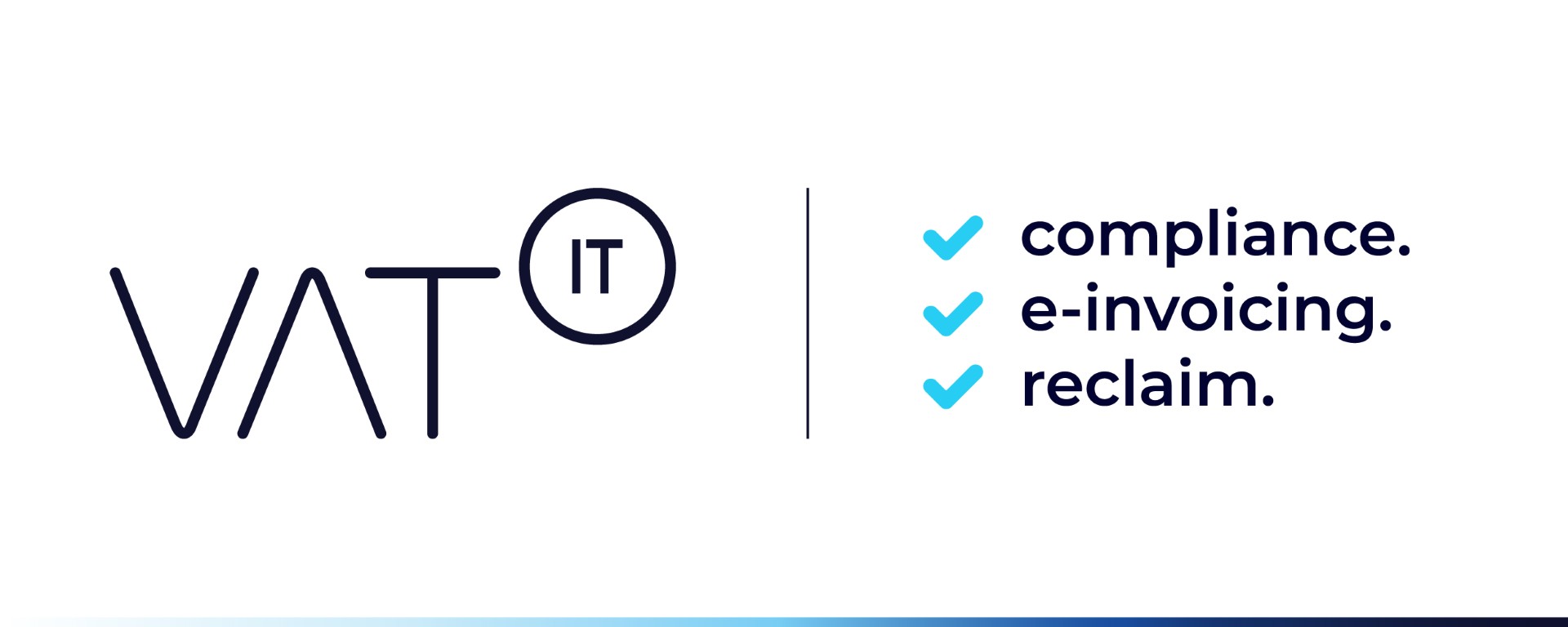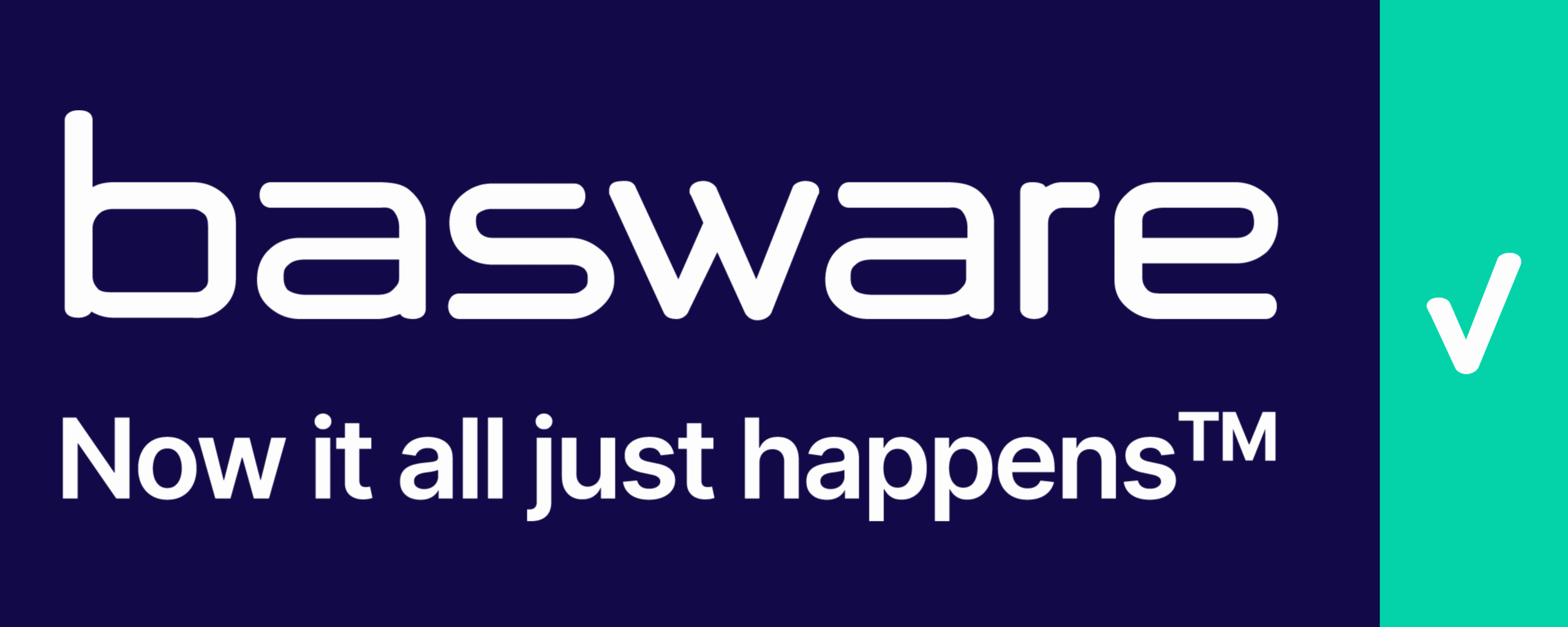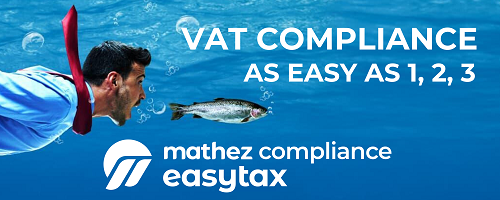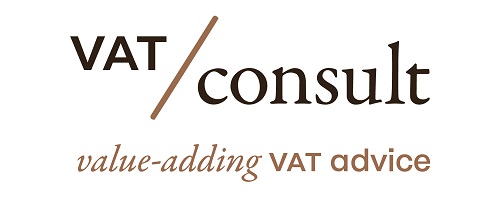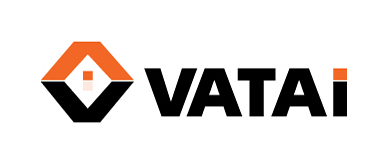I. Executive Summary
The European Court of Justice (ECJ) judgment in Euro Tyre Holding BV v. Staatssecretaris van Financiën (Case C-430/09) clarifies the application of Value Added Tax (VAT) rules, particularly concerning successive supplies of goods within the European Union that involve a single intra-Community transport. Building on the precedent of EMAG Handel Eder, the ruling establishes that only one of two successive supplies can benefit from the VAT exemption for intra-Community supply, even if both are part of a single cross-border movement of goods. The core principle is an “overall assessment of all the specific circumstances” to determine which supply genuinely fulfills the conditions for an intra-Community supply. Crucially, the judgment details the conditions under which the intra-Community transport should be ascribed to the first supply in a chain, especially when the intermediate purchaser arranges the transport, emphasizing the transfer of the right to dispose of goods as owner and the supplier’s due diligence.
II. Case Background: Euro Tyre Holding BV (ETH)
Euro Tyre Holding BV (ETH), a Netherlands company, sold car tyres under “ex warehouse” conditions to two Belgian companies, Miroco BVBA and VBS BVBA (referred to as “the purchasers”). Before taking physical delivery, these purchasers resold the goods to a third Belgian company, Banden Decof NV (Decof). The goods were then transported directly from ETH’s warehouse in the Netherlands to Decof’s premises in Belgium by a driver supplied by Decof.
ETH classified its initial supplies to Miroco and VBS as intra-Community supplies, exempting them from VAT. This classification was based on the purchasers’ Belgian VAT identification numbers and their declarations that the goods would be transported to Belgium. The Netherlands tax authorities challenged this exemption, leading to additional VAT assessments against ETH. The national court, the Hoge Raad der Nederlanden, referred a preliminary question to the ECJ to clarify how to determine which of two successive supplies should be attributed a single intra-Community transport for VAT exemption purposes, especially when the intermediate purchaser (who is both the buyer in the first transaction and the seller in the second) arranges the transport.
III. Key Legal Framework (Sixth VAT Directive 77/388/EEC)
The case’s interpretation centers on several articles of the Sixth VAT Directive, which aims to harmonize Member State laws on turnover taxes:
- Article 8(1)(a) and (b) – Place of Supply of Goods:(a) For dispatched/transported goods: “the place where the goods are at the time when dispatch or transport to the person to whom they are supplied begins.”
- (b) For goods not dispatched/transported: “the place where the goods are when the supply takes place.”
- Article 28a(1)(a) – Intra-Community Acquisitions: States that intra-Community acquisitions of goods for consideration within a country by a taxable person are subject to VAT.
- Article 28b(A)(1) – Place of Intra-Community Acquisition: Deems the place of acquisition to be “the place where the goods are at the time when dispatch or transport to the person acquiring them ends.”
- Article 28c(A)(a) – Exemption of Intra-Community Supplies: Exempts “supplies of goods…dispatched or transported by or on behalf of the vendor or the person acquiring the goods out of the territory…but within the Community, effected for another taxable person or a non-taxable legal person acting as such in a Member State other than that of the departure of the dispatch or transport of the goods.”
- Article 22(6)(b) – Recapitulative Statements: Requires taxable persons to submit statements of acquirers to whom goods were supplied under Article 28c(A)(a).
IV. Core Principles and Rulings from the Judgment
The ECJ’s judgment provided critical clarification on several aspects of VAT for successive intra-Community supplies:
A. Single Intra-Community Transport for Successive Supplies
Reiterating the principle from EMAG Handel Eder (Case C-245/04), the Court affirmed that “where two successive supplies of the same goods, effected for consideration between taxable persons acting as such, gives rise to a single intra-Community dispatch or a single intra-Community transport of those goods, that dispatch or transport can be ascribed to only one of the two supplies, which alone will be exempted from tax under the first subparagraph of Article 28c(A)(a) of the Sixth Directive.” This prevents multiple exemptions for a single physical movement of goods.
B. Overall Assessment of Circumstances
The Court explicitly stated that the Sixth Directive “does not lay down any general rule” for determining to which supply the intra-Community transport should be ascribed when effected by or on behalf of the person involved in both supplies. Instead, “The answer to that question depends on an overall assessment of all the specific circumstances from which it is possible to determine which supply fulfils all the conditions relating to an intra-Community supply.” This holistic approach allows for flexibility in complex supply chains.
C. Conditions for Intra-Community Supply Exemption
The judgment underscored the three main conditions for an intra-Community supply to be exempt from VAT:
- Transfer of the right to dispose of the goods as owner: The right to dispose of the goods as owner must be transferred to the person acquiring the goods. In successive supplies, the intermediary (first buyer/second seller) can only transfer this right if it has been previously transferred to them by the initial vendor.
- Dispatch or transport of goods to another Member State: The supplier must establish that the goods “have been dispatched or transported to another Member State.”
- Physical departure of goods: As a result of that dispatch or transport, the goods must have “physically left the territory of the Member State of supply.”
D. Purchaser’s Intentions and Objective Evidence
In situations like “ex warehouse” conditions, where the purchaser obtains the right to dispose of goods in the Member State of supply and undertakes to transport them to the destination Member State, “account must be taken, as far as possible, of the purchaser’s intentions at the time of the acquisition, provided that they are supported by objective evidence.” This means declared intentions must be verifiable.
E. Supplier’s Good Faith and Due Diligence
The supplier (like ETH) bears the responsibility “to establish that the goods have been dispatched or transported to another Member State.” When the purchaser is responsible for transport, the supplier’s evidence relies heavily on information from the purchaser. Therefore, “it is legitimate to require…that the supplier act in good faith and take every reasonable measure in his power to ensure that the transaction that he effects does not lead to his participation in tax fraud.” If the supplier fulfills these obligations and the purchaser fails to transport the goods as declared, the purchaser becomes liable for the VAT.
F. Irrelevance of Ownership During Transport and Final Delivery Address
The Court clarified that “the question who holds the right to dispose of the goods during the intra-Community transport is irrelevant.” Furthermore, “the circumstance that the goods were not transported to the address of the first persons acquiring the goods does not exclude the possibility that the transport was effected in the context of the first supply, inasmuch as the application of the exemption to an intra-Community supply is subject to the condition that the transport must finish in a Member State other than the Member State of supply, the address at which the transport finishes being irrelevant in this respect.”
G. Specific Ruling on Ascribing Transport to the First Supply (ETH Scenario)
In circumstances identical to the Euro Tyre case, where the first person acquiring the goods:
- “having obtained the right to dispose of the goods as owner in the Member State of the first supply,”
- “expresses his intention to transport those goods to another Member State,” and
- “presents his VAT identification number attributed by that other State,”
“the intra-Community transport should be ascribed to the first supply, on condition that the right to dispose of the goods as owner has been transferred to the second person acquiring the goods in the Member State of destination of the intra-Community transport.” This places the burden on the referring court to verify if this final condition was met.
V. Implications
The Euro Tyre judgment provides crucial guidance for businesses engaged in successive intra-Community supplies, particularly those operating under “ex warehouse” or similar conditions where the intermediate buyer arranges transport. It highlights the importance of thorough documentation, due diligence, and clear communication of intentions at the time of acquisition to correctly apply VAT exemptions. The ruling reinforces the principle that while tax authorities must prevent fraud, suppliers acting in good faith and fulfilling their evidentiary obligations should not be unfairly penalized for the subsequent actions of purchasers.
See also
- Join the Linkedin Group on ECJ/CJEU/General Court VAT Cases, click HERE
- VATupdate.com – Your FREE source of information on ECJ VAT Cases
Latest Posts in "European Union"
- CJEU Clarifies 0% VAT Documentation for Intra-Community Supplies: Key 2025 Ruling for Businesses
- Key CBAM Changes for EU Importers Effective January 2026: New Thresholds and Reporting Rules
- GENA Urges EU to Harmonise and Expand Digital E-Invoicing in Public Procurement Reform
- Audit Office Monitors Council’s VAT Filing Amid Potential £600k HMRC Fine Risk
- EU VAT Gap 2023: Key Findings, Country Comparisons, and Policy Insights from Mind the Gap Report





